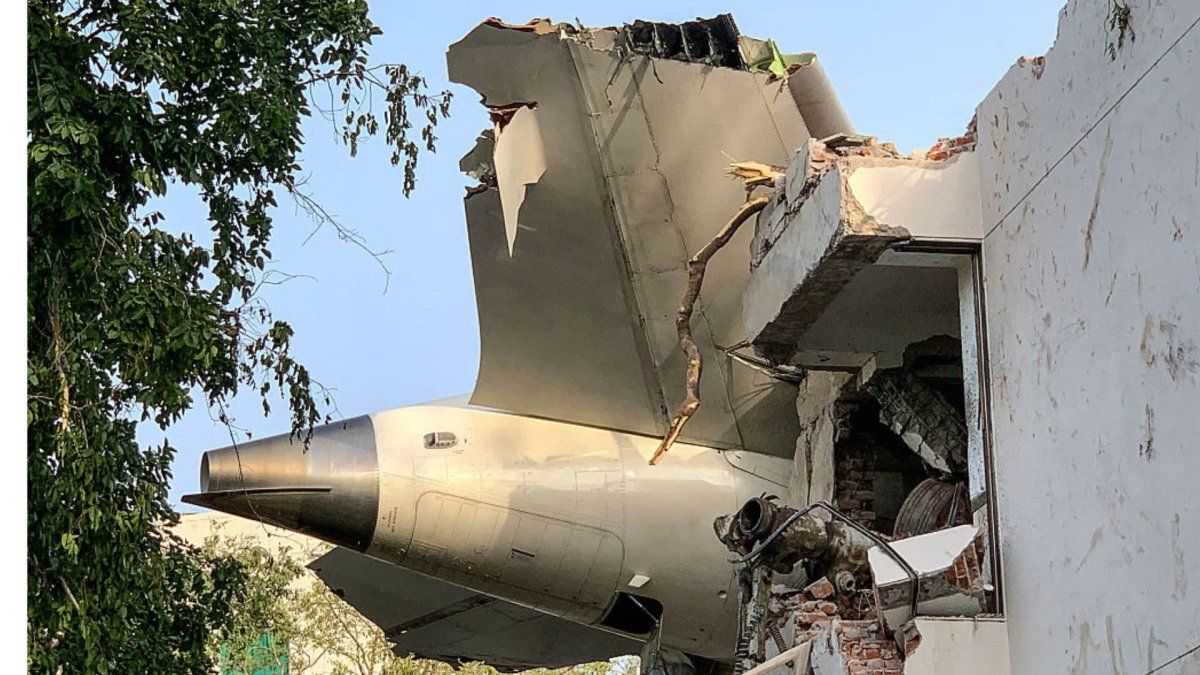The Air India flight For London, he crashed on Thursday, June 12, minutes after taking off and left a total balance of 260 dead. Over a month, the tragedy remains in the center of the debate, because now British families who lost their loved ones report having received other bodies during repatriation.
In detail, the scandal came to light when the forensic of western London, Dr. Fiona Wilcoz, tried to verify the identities of the repatriated British by DNA tests. The errors – that included coffins with unknown passenger bodies – They forced families to abandon funeral plans and fired international investigation.
The complaint of the relatives of Air India
At the moment, only two were released confirmed cases of wrong identity, although this triggered a series of controls in fear that made more mistakes. In total, there are 52 the British who died in the plane crash.
plane-india.png
The lawyer who represents the families of the victims, James Healy-Pratt, requested formal answers to Air India and the company outsourced for the repatriation of the victims’ remains, Kenyon International Emergency Services. For his part, India said – on June 28 – that he had identified through DNA tests At the 260 victims of the accident.
“Some received the wrong remains and are clearly very disturbed. This has been happening for a few weeks and I think families deserve an explanation, “said the lawyer.
The audio of the pilots of the plane that sowed more doubts
The Indian Air Research Office issued its preliminary report on the Air Indian Air Tragedy 171. The document revealed unusual failures occurred aboard the Boeing 787 Dreamlineran aircraft with 12 years of service.
According to the investigation, just a few seconds after takeoff, Both fuel control switches suddenly moved to the “cut” position, interrupting the supply and causing the total loss of power in the two engines. This type of action, under normal conditions, It is only done once the plane lands and is detained.
In the audio records of the cabin, one of the pilots can be heard: “Why did you cut the step?” receiving in response a denial. However, it is not possible to clearly distinguish who said each phrase. At the time of the incident, The co -pilot was in charge of the controls and the captain supervised the operation.
During the flight, which lasted less than a minute, the switches returned to their original position, which activated the automatic re -depletion system. TOThe impact moment, one of the engines had recovered the thrust, while the other, although it had restarted, had not yet reached its total power.
The aircraft was just 40 seconds In the air before crashing in a densely populated area of the city of Ahmedabad, in western India. According to Flightradar24 data, the plane managed to ascend up to 190 meters in favorable climatic conditions, and disappeared from the radar at 50 seconds of takeoff.
The subsequent analyzes ruled out the presence of contaminated fuel, since the collected samples were “satisfactory.” Nor were mechanical failures detected on the plane or in the Ge Genx-1B engines.
Video Avion India
This was the time for the impact of the Air India plane.
The report also details that the emergency air turbine was deployed (RAM Air Turbine or Rat), a generator that is activated when both engines lose power and allow the essential systems of the plane to be kept operational. This deployment confirms that it was a total systemic failure.
On the other hand, It was confirmed that the landing train remained extended. A pilot with experience in Boeing aircraft explained that the retraction process is usually completed at 120 meters of altitude, in just eight seconds.
“When the two engines fail, one is paralyzed. The only thing you think is in the trajectory: where do I land?” explained.
Aviation expert Paul Pruchnicki said the pilots tried to recover control by restarting the engines, but the margin of time was insufficient: “The left engine went out first and turned on again. The right took longer. Although both restarted, the thrust did not reach. It was too late. ”
Source: Ambito




